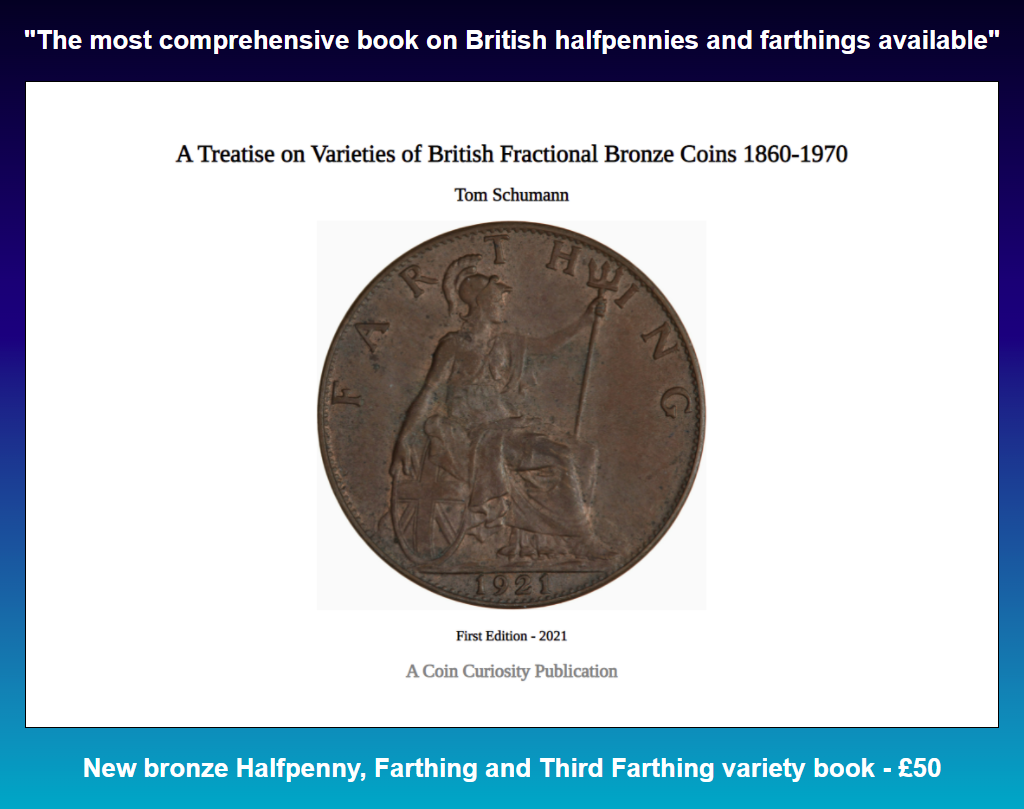1920 British transition to .500 silver coins
In February 1920, the price of silver reached such a high price that British silver coins were worth more than 33% of their face value in silver. Faced with this, the British government debased the silver coinage from sterling silver (.925) to .500 using a half silver half copper alloy (p24, Davies, British Silver Coins Since 1816, 1982).
Clearly the changeover was done in haste as, of the five circulating silver denominations - threepence, sixpence, shilling, florin and half crown, the threepence and sixpence were both struck using the old and new alloy in 1920. Evidently the striking of the lower denomination coins had begun before the new allow way introduced, and according to Davies, neither alloy is rare for the 1920 threepence (p91, Davies, British Silver Coins Since 1816, 1982) or 1920 sixpence (p88-89, Davies, British Silver Coins Since 1816, 1982).
It remains unknown if any 1920 shillings, 1920 florins or 1920 half crowns were ever struck with the old sterling silver alloy - while none are reported it is not inconceivable that a small amount were struck.
Distinguishing the two alloys is difficult based on appearance as coins can tone in different ways, but the 'ring' of a sterling silver coin should be lower (p91, Davies, British Silver Coins Since 1816, 1982).

